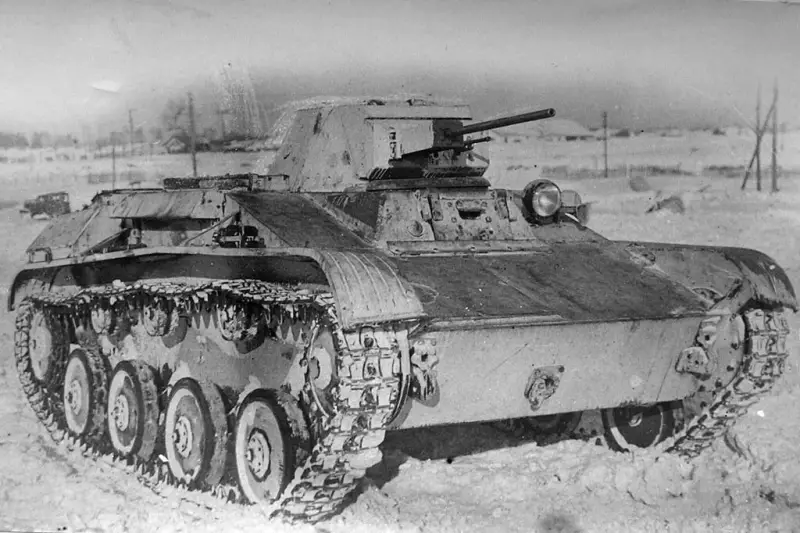T-60: the legendary light tank developed in 9 days

Despite the fact that by 1935 the USSR had 35 thousand in service. tanks, surpassing all European countries combined in this indicator, Soviet tank building reached its full potential during the Great Patriotic War. A variety of combat vehicles rolled off the factory assembly lines of our country, including real heavyweights like the IS-2.
Meanwhile, light tanks, one of which is the legendary T-60, undoubtedly played a major role in the Victory over the Wehrmacht and its allies.
Initially, in 1941, Soviet designers were tasked with developing a new generation light combat vehicle under the symbol T-50. It is worth noting that the military leadership of the USSR at the beginning of the Great Patriotic War relied on light class tanks, which were highly maneuverable and became formidable. weapons against enemy infantry.
In turn, Soviet design engineer Nikolai Aleksandrovich Astrov proposed not to create a tank “from scratch,” which would require quite a lot of time and money, but to modernize the existing T-40. The corresponding letter was sent to I.V. Stalin.
The very next day, Deputy Chairman of the Council of People's Commissars of the USSR Vyacheslav Malyshev arrived at Moscow plant No. 37. Development of the T-60 started at the end of August 1941 and lasted only nine days. Already in September, the light tank began to arrive at the disposal of the Red Army.
The thickness of the frontal armor of the vehicle was 35 mm, the sides - 15 mm, and the rear - 10 mm at the top and 25 mm at the bottom.
The T-60 was armed with a 20 mm cannon with 780 rounds of ammunition. The latter could accurately hit direct fire at 2 km. Initially, fragmentation and incendiary shells were used. Later, the tank's ammunition included armor-piercing ones, penetrating armor up to 35 mm.
The crew of the car consisted of 2 people. The maximum speed of the tank reached 42 km/h with a cruising range of up to 350 km.
The T-60 performed well in the battles near Moscow, where Soviet crews fought with more powerful Wehrmacht vehicles and won. The tank experienced its baptism of fire as part of the 21st Tank Brigade in the battles for the city of Kalinin.
In total, from 1941 to 1943, more than 5400 T-60 tanks were produced.
Information